|
I first started taking photography more seriously back around 2006 when I joined Flickr. I bought my first digital camera - a Fuji finepix - and sold my beloved headless electric guitar to pay for it. After I year I moved to a Panasonic Lumix bridge camera. I really loved using that camera, it was such a flexible way to take photos. I took some photos I still really like , such as below on a work trip to the Canary Islands. As I got more into photography (and tried stock photography) I realised I needed better image quality, and wanted to be taken more seriously and so I moved to a Canon 20D. I've been with Canon ever since, accruing some bodies, lenses and accessories. A few years ago I acquired a Canon 100-400mm lens which quite frankly transformed my wildlife photography. It allowed me to get enough magnification to start getting some much more usable images. Its great. It has issues though, for instance I found that despite being F5.6 the images were too soft and and a max aperture of F7.3 was needed to get usable images. This meant exposures were longer than I would like. Also, the lens is bloody heavy and carrying it, the camera body and other lenses around was giving me back trouble. Then I started using it photograph butterflies and met a problem, in that the close focussing distance was over a metre and often I needed to get closer. Because I am an eclectic photographer I will photograph anything that catches my interest, I like to shoot landscapes , birds, butterflies, macro and whatever. This inevitably requires regular changing of lenses, which is a regular hassle and source of amusement to my family who are used to my refrain "I've got the wrong lens on". Thats all par for the course but recently I have also started missing shots because I couldn't change lens quickly enough. I started thinking back to how life was easier in the days of the bridge camera. Out of curiosity I had a look at what the modern brand of bridge camera had to offer. There is plenty of high zoom range out there but only 2 have "large" sensors which offer lower noise than the majority offerings. These were the Panasonic FZ2000 and the Sony RX120 iv. By large sensors I mean the so called 1" sensors (they are not 1" at all but that's another thread) , which are in fact half the size of my APS-C sensor on my Canon. Reading the reviews the Sony seemed like an impressive beast but with a price tag to match. It has an impressive 24-600mm equivalent focal length which is about the same as my maximum magnification as my Canon at 400mm. It also has F4.0 and impressive image stabilisation. I was intrigued, but at £1500 it would be an expensive punt to take. Whilst the Panasonic is much cheaper its image quality is not as good. So I took a look at the RX10 iii. This earlier model has the same lens and sensor as the mark iv but is available at less than half the price. - so I bought one. The early bridge cameras were the original mirrorless cameras, the species which is now surpassing DSLRs . Problem was that the originals had small screen sizes and the electronic viewfinders were awful - lack of detail, lack of dynamic range and significant lag. That's not case anymore. Nevertheless moving to a bridge camera is a cultural photographic heresy. As 'proper' photographers we should be seeking to upgrade to ever more expensive kit, with bigger sensors. There is an elitism at play. Choosing a bridge camera over a real camera just isn't done. There is no question that the image quality is not as good as a DSLR - its a smaller sensor, and a single lens, it just couldn't be as good - but the question is "is it good enough?" The truth is its almost as good. In some cases I can take pictures I couldn't get with my big lens and camera. For example the picture of the house sparrow was taken hand held at maximum zoom, in gloomy light. (F4 at 1/100 s, ISO 200) I could not have taken that with my Canon setup. The shot of the icy twig was taken close-up and the quality is pretty good.. This is a very versatile camera. Check out the zoom range in the shots below, going from widest angle to max zoom (all optical) . It's a stunning range and it was handheld. I have had the Sony RX10 iii for a few weeks now and its taken some adjusting. The camera isnt the easiest to handle, with aperture adjustment in a ring on the lens - just like in the old days, but once you become familiar with it you can customise the set up as it suits you best. The focussing is a little quirky, something I believe the mark iv has corrected.
Being a bit more consumery, the video functions are impressive and the connection to smart phones and networks are quite good - better than my DSLR. On the whole I am quite impressed with this camera, certainly carrying it around is bliss in comparison to many kilos of canon kit. I am still getting to know what it can do and how to get the best results. I am looking forward to testing it in a variety of circumstances. Does it affect me creatively? At the moment no, quite the opposite - so I suppose that's a yes! It gives me more freedom to explore getting the right shot. Whether it gives the me the effects I am looking for will have to wait until summer! However I do feel positive about the camera, but not positive enough to relinquish my DSLR.
0 Comments
Leave a Reply. |
AuthorOptical physicist and frustrated photographer Archives
March 2023
Categories |
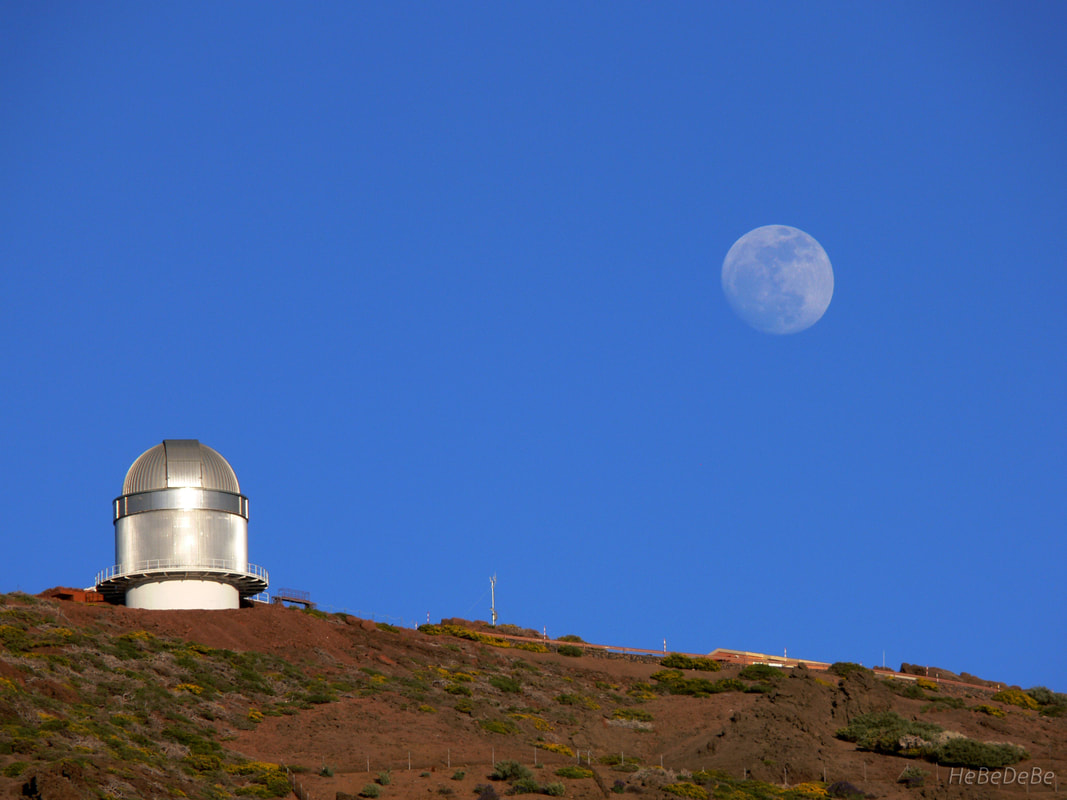
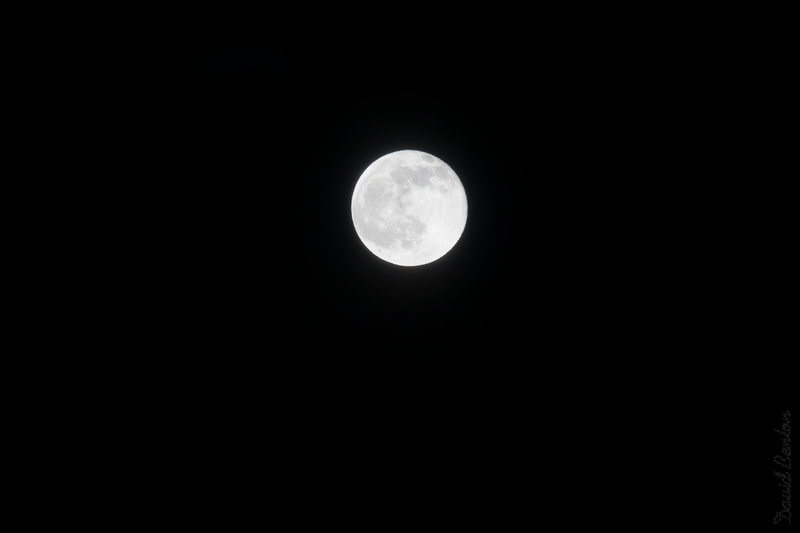
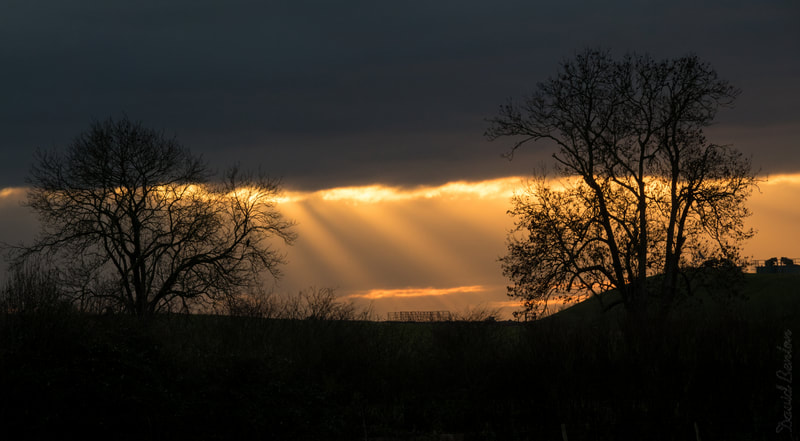
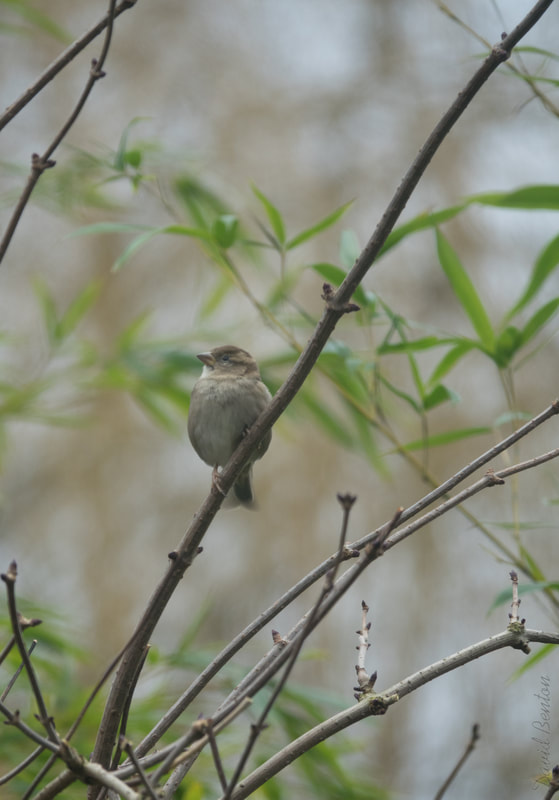
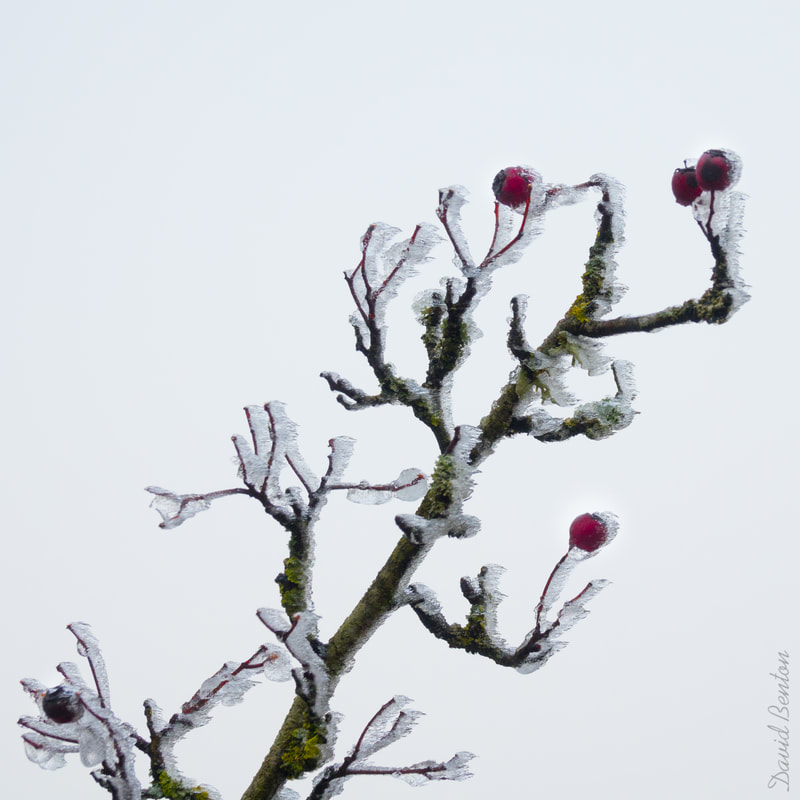
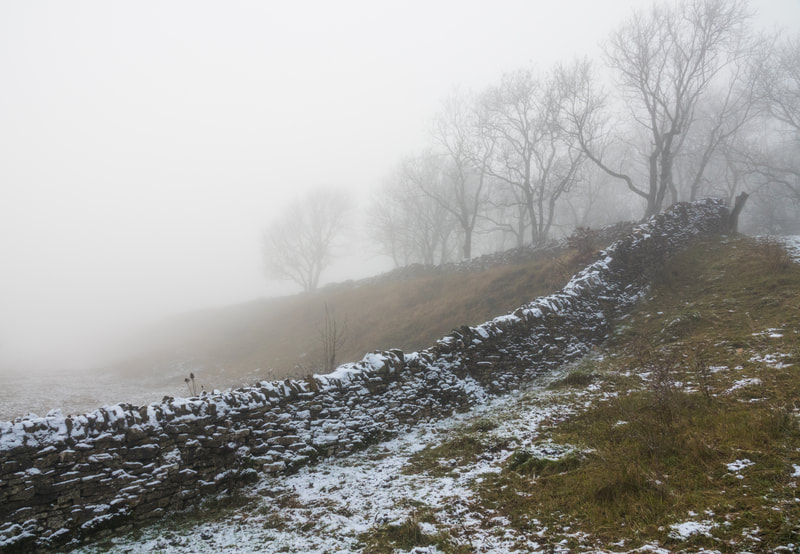
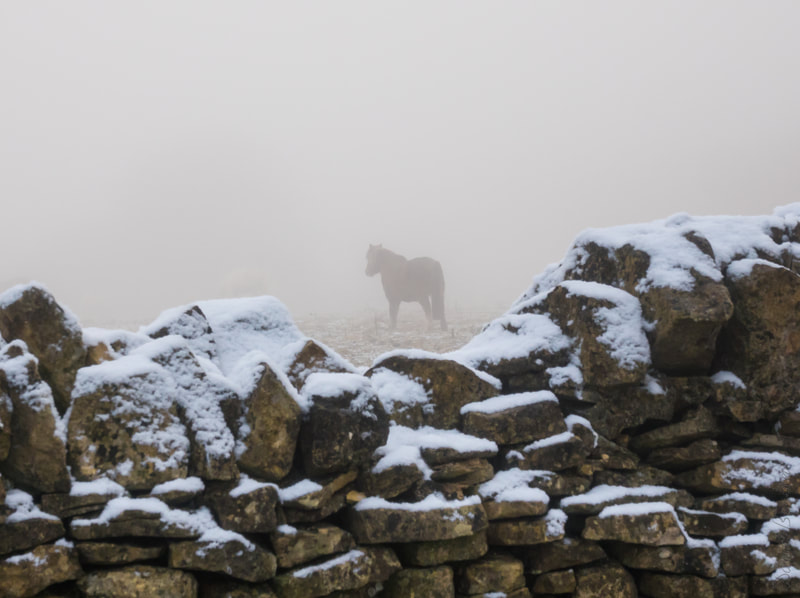
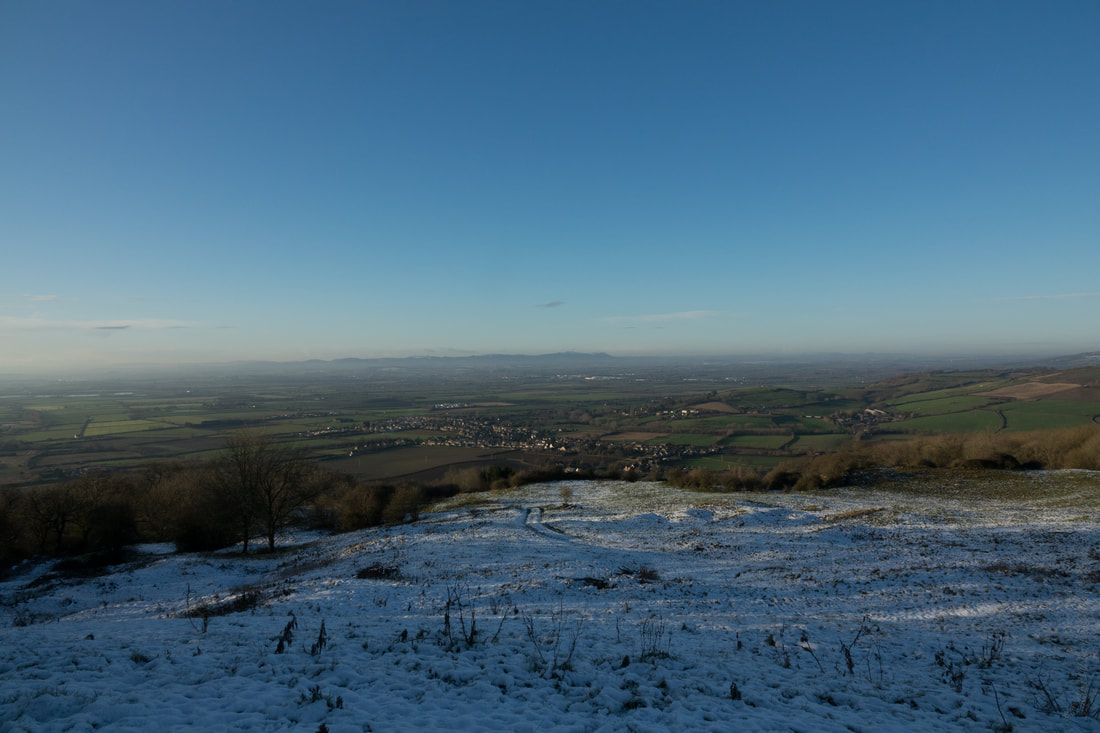
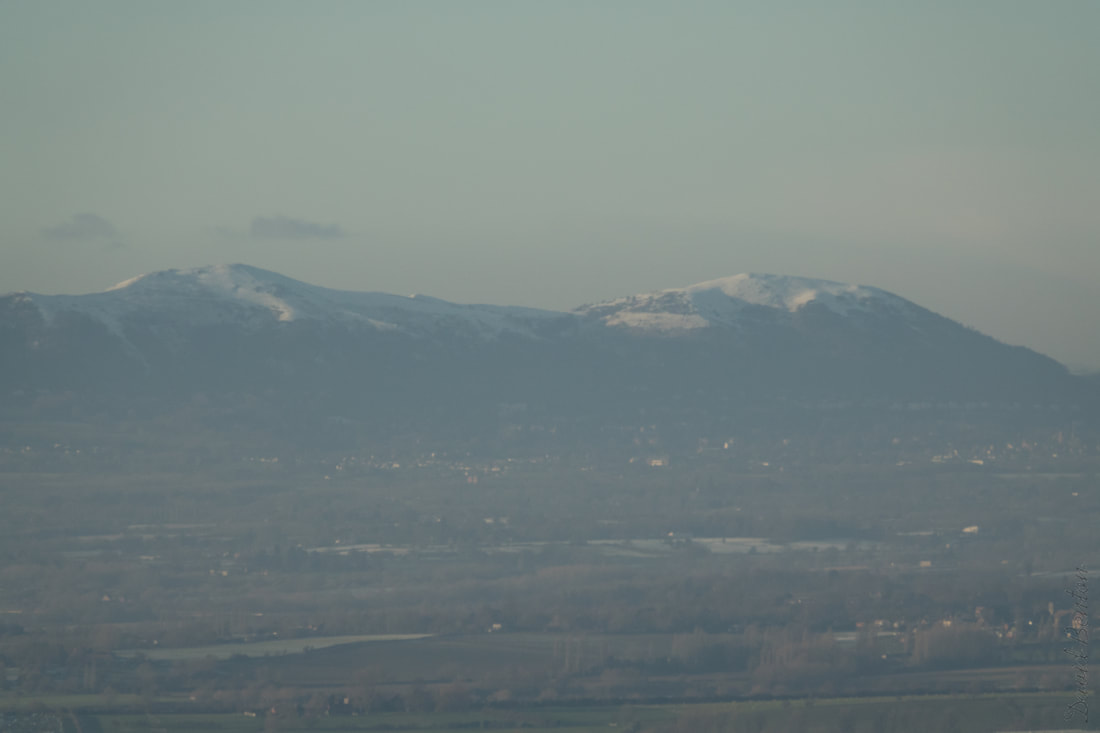
 RSS Feed
RSS Feed